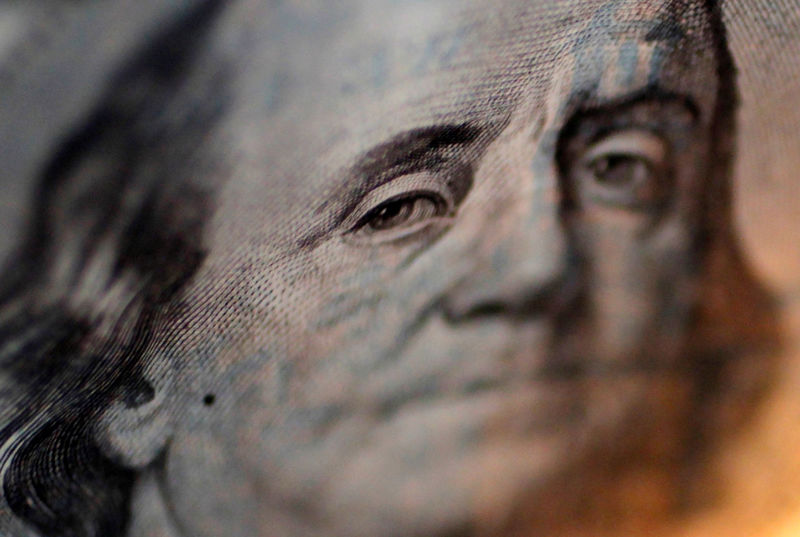 © Reuters.
© Reuters.
By Ambar Warrick
Investing.com--Most Asian currencies fell on Monday, while the dollar held near a two-month high after hotter-than-expected U.S. inflation data saw markets pricing in more interest rate hikes by the Federal Reserve this year.
The Chinese yuan fell 0.2% to a near three-month low, also coming under pressure from a substantially weaker daily midpoint fix by the People’s Bank of China. Focus this week is squarely on purchasing managers’ index data for February, which is expected to provide more cues on a potential Chinese economic recovery.
The yuan largely reversed an early-2023 recovery, amid growing doubts over the timing of a Chinese economic rebound this year. While the country relaxed most anti-COVID measures, it is still grappling with a large spike in infections.
Risk-heavy Southeast Asian currencies were the worst performers for the day, with the Philippine peso losing 1.2%, while the Malaysian ringgit lost 0.9%.
The Japanese yen rose 0.1%, but was trading near its weakest level against the dollar since mid-December. The currency was also dented by incoming Bank of Japan Governor Kazuo Ueda stating that the bank’s ultra-loose policy will continue in the near-term.
The dollar steadied against a basket of currencies on Monday, with the dollar index and dollar index futures hovering near a two-month high. Personal consumption expenditures data- the Fed’s preferred inflation gauge- showed on Friday that U.S. inflation remained stubborn through January, giving the central bank more impetus to keep raising interest rates.
The reading boosted the dollar, and triggered outflows from most Asian currencies on Monday.
U.S. Treasury yields also broadly advanced after the inflation reading, which added to the pressure on regional units.
A resurgence in bets on a more hawkish Fed has battered Asian currencies in recent weeks, given that rising U.S. interest rates will narrow the gap between risky and low-risk debt. Regional units were battered by this trade in 2022, and are likely due for more near-term pressure.
Focus this week is also on U.S. nonfarm payrolls data for January, due on Friday. Any signs of strength in the jobs market gives the Fed more headroom to keep hiking rates.

